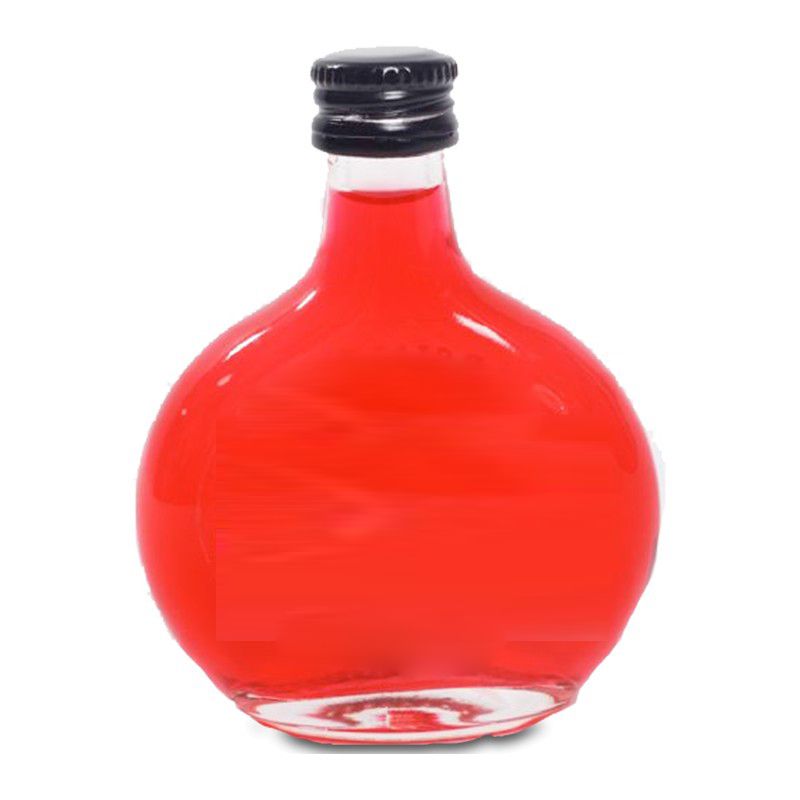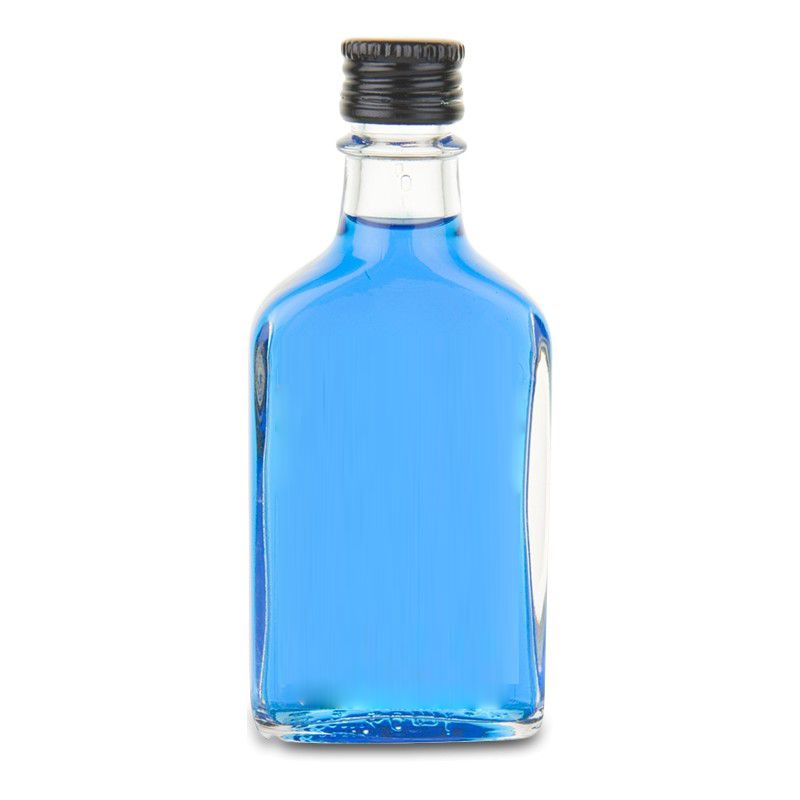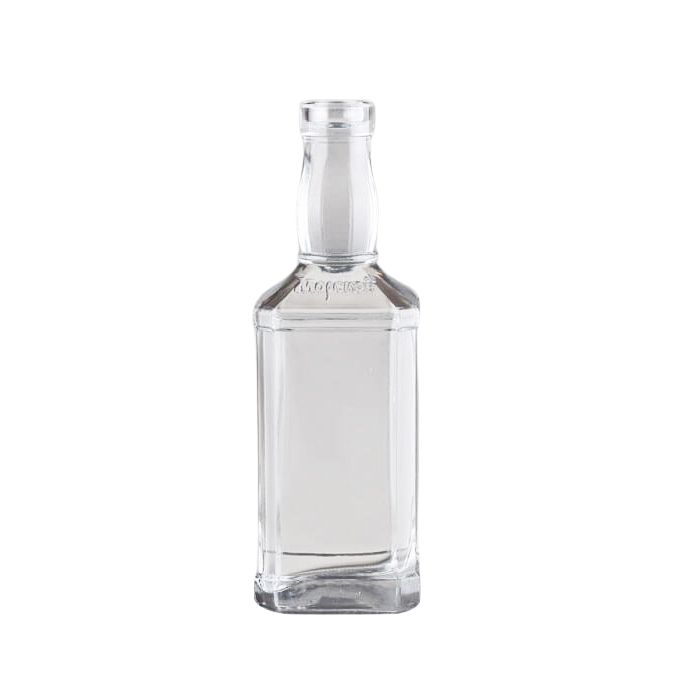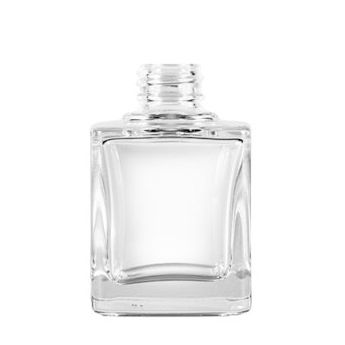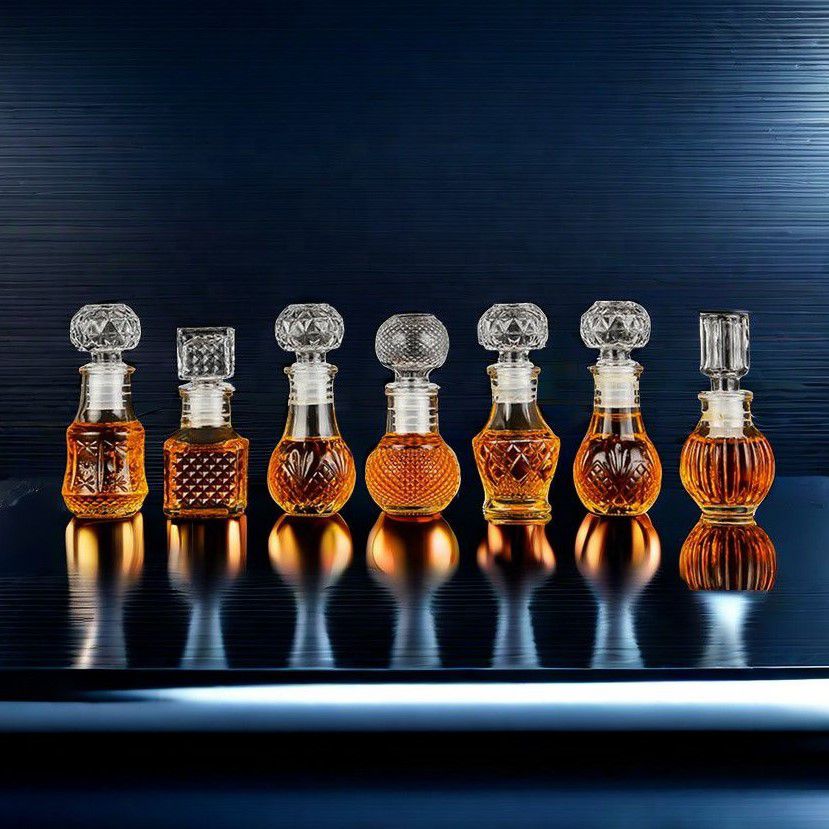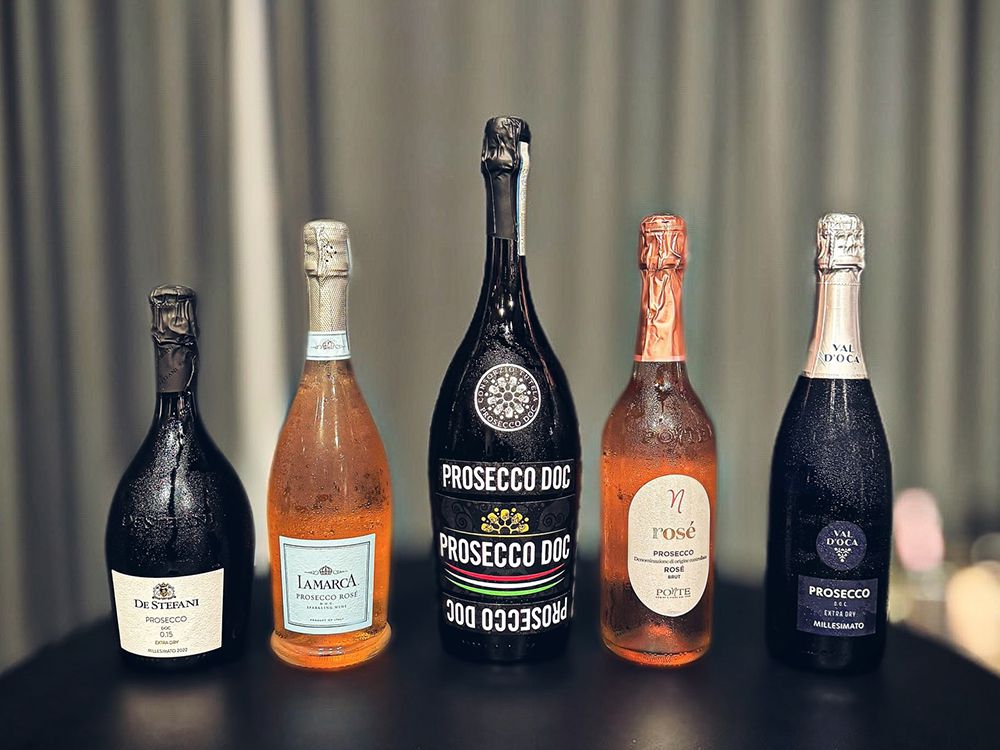
Introduction to Liquor Bottle Measurements
Two of the most commonly used sizes for spirits and liquors are 70 cl (700 ml) and 750 ml. These sizes are standard, yet the difference between them might raise questions, especially for new buyers. This article will cover all essential aspects, from bottle sizes to shapes, with insights for industry professionals.
Liquor Bottle Size Standards: A Quick Overview
In the spirits and liquor market, bottle size is an important aspect of compliance and market demand. For new entrants, it’s crucial to understand that 70 cl and 750 ml bottles are standard in different regions.
- 70 cl Bottle: 700 ml bottles are primarily used in Europe, especially after the European Union set regulatory standards in the 1990s. This bottle size remains the dominant format in most EU countries.
- 750 ml Bottle: 750 ml, or 75 cl, is the standard size in the U.S., Canada, and many other global markets, primarily for wine but also for spirits.
The Origin of 750 ml as the Standard Bottle Size
The origin of the 750 ml bottle traces back to traditional glassblowing practices. The average lung capacity of a glassblower was around 750 ml, leading to this size becoming the standard volume produced. Additionally, this size was practical for serving six glasses of wine, making it a favored choice for dining and social events.
Why Are There Two Standard Sizes?
Comparing 70 cl to 750 ml: Key Technical Differences
From a technical perspective, the volume difference between 70 cl and 750 ml may seem minimal. However, it can impact distribution, pricing, and consumer perception.
- Size Difference: A 70 cl bottle contains 50 ml less liquid than a 750 ml bottle. While this might not seem significant, it can influence cost calculations, especially when purchasing in bulk.
- Usage in Specific Regions: 70 cl is widely used in Europe, while 750 ml dominates the U.S. and other global markets.
- Cost and Distribution: Bottle size impacts shipping costs, taxes, and duties. For example, shipping larger quantities of smaller bottles can increase transport costs compared to fewer larger bottles.
Bottle Sizes: A Global Perspective
Common Bottle Sizes in the U.S.
- 50 ml: Miniature bottles, often used for sampling.
- 100 ml: Travel-sized bottles, often found in airline offerings.
- 250 ml: Larger sample or personal-sized bottles.
- 375 ml: Half-bottle, common for single servings or small events.
- 750 ml: Standard full-sized bottle for most liquors and wines.
- 1000 ml: Often used for premium or large formats.
- 1750 ml: Typically used for larger gatherings and wholesale markets.
EU Standard Sizes
The European Union standardizes several bottle sizes, including:
- 100 ml: Common for travel or promotional sizes.
- 350 ml and 500 ml: Mid-range sizes, often used for specialized liquors.
- 700 ml (70 cl): The European standard for most spirits.
Russia and Eastern Europe
In countries like Russia, 500 ml bottles are also standard for spirits, reflecting local preferences.
Liquor Bottle Shapes: The Impact on Packaging and Branding
Bottle shape plays an equally important role in the liquor industry, influencing both consumer perception and functionality. Different spirits often come in varying bottle shapes, each optimized for its content.
Common Liquor Bottle Shapes
- Flask: Flat bottles designed for portability.
- Square: Classic shape for spirits like gin.
- Rectangular: Often used for whiskey and bourbon, with a strong and stable design.
- Round Cylinder: Predominantly used for vodka, rum, and other spirits, providing an easy bottling and labeling surface.
- Unique Custom Bottles: Distilleries and high-end brands often opt for custom-designed bottles to distinguish their products.
Choosing the Right Bottle for Your Business
Selecting between 70 cl and 750 ml bottles depends on several factors:
- Market Location: If your business operates in Europe, 70 cl bottles are likely to be the best option due to regulatory requirements. However, for North America or international distribution, 750 ml bottles may be more appropriate.
- Branding and Target Audience: Consider your target audience when selecting bottle sizes. Premium brands may favor custom bottle shapes or larger formats for special releases.
- Cost Efficiency: Smaller bottles may reduce material costs, but larger bottles often offer better value when shipping in bulk.
Packaging and Shipping Considerations for New Entrants
When entering the liquor bottle industry, packaging and shipping logistics are critical.
International Shipping Costs
For new entrants, it’s vital to understand the shipping costs associated with different bottle sizes. Shipping a bulk order of 70 cl bottles to the U.S. or Canada could incur higher costs due to regional preferences for 750 ml bottles.
Protecting Glass Bottles During Transit
Shipping glass bottles, particularly in bulk, presents a risk of breakage. It’s essential to work with suppliers that offer secure packaging and protection for fragile goods. Ensure that your shipping provider offers appropriate insurance for large shipments of glass bottles.
Bottle Size Regulations Across Different Markets
Each market has its own regulations concerning bottle sizes. For example, if you’re importing spirits into the U.S., 750 ml bottles are required. However, in Europe, spirits must be bottled in 70 cl containers to meet legal requirements.
Compliance with EU Standards
New entrants should familiarize themselves with EU regulations, particularly if they plan to distribute within Europe. Compliance with bottle size standards is necessary to avoid penalties or import issues.
North American Market Regulations
For businesses targeting the North American market, it’s important to adhere to the 750 ml standard. Some countries, like Mexico and Canada, allow both 70 cl and 750 ml bottles, giving suppliers more flexibility in those regions.
Advanced Tips for Liquor Bottle Purchasing and Wholesale
For businesses scaling up or expanding into international markets, here are some advanced considerations for purchasing liquor bottles in bulk:
- Supplier Vetting: Always request samples and check references before committing to large orders.
- Bulk Ordering Discounts: Many manufacturers offer significant discounts for bulk orders. Ensure you negotiate terms that benefit your business.
- Custom Bottling Solutions: For premium brands, consider working with suppliers who offer custom bottling services, including unique shapes, colors, and labels.
Eco-Friendly Innovations in Liquor Bottle Manufacturing
Sustainability is becoming increasingly important in the liquor industry, and new entrants should be aware of eco-friendly innovations in glass bottle manufacturing.
Recyclable Glass and Sustainable Practices
Glass bottles are one of the most sustainable packaging options available. New entrants should look for manufacturers that emphasize eco-friendly production techniques, such as using recycled materials and reducing carbon emissions.
Lightweight Bottle Designs
Many manufacturers are moving toward lightweight glass bottles, which reduce shipping costs and environmental impact. These bottles use less material but still maintain the strength and aesthetic appeal required for premium spirits.
Conclusion: Navigating the Liquor Bottle Market
Understanding the differences between 70 cl and 750 ml bottles, as well as the broader market for liquor bottles, is essential for any new business entering this industry. By considering factors like bottle size, shape, packaging, and market regulations, new entrants can make informed purchasing decisions that support long-term success.
Frequently Asked Questions
-
What is the primary difference between 70 cl and 750 ml bottles?
The main difference is volume—70 cl bottles hold 700 ml, while 750 ml bottles hold slightly more liquid. -
Why are 750 ml bottles standard in the U.S.?
750 ml bottles became standard due to historic glassblowing practices and regulations specific to the U.S. market. -
Can I use 70 cl bottles in North America?
Some regions, like Mexico and Canada, accept both 70 cl and 750 ml bottles, but in the U.S., 750 ml is required. -
What bottle shapes are best for premium liquor?
Premium spirits often use custom or unique bottle shapes, such as square, rectangular, or round cylinder bottles. -
How do I ensure bottles arrive safely when shipping?
Ensure that your supplier uses protective packaging designed for glass, and consider purchasing insurance for large shipments.



